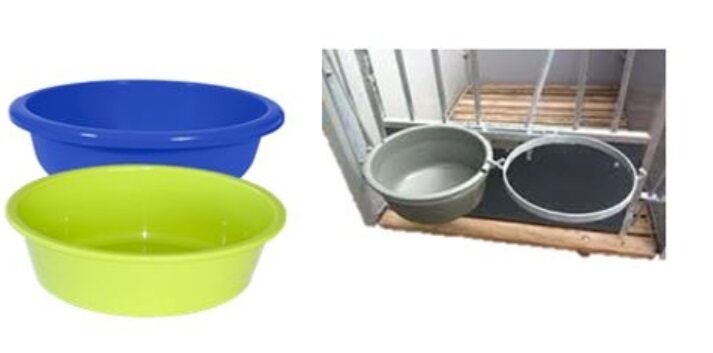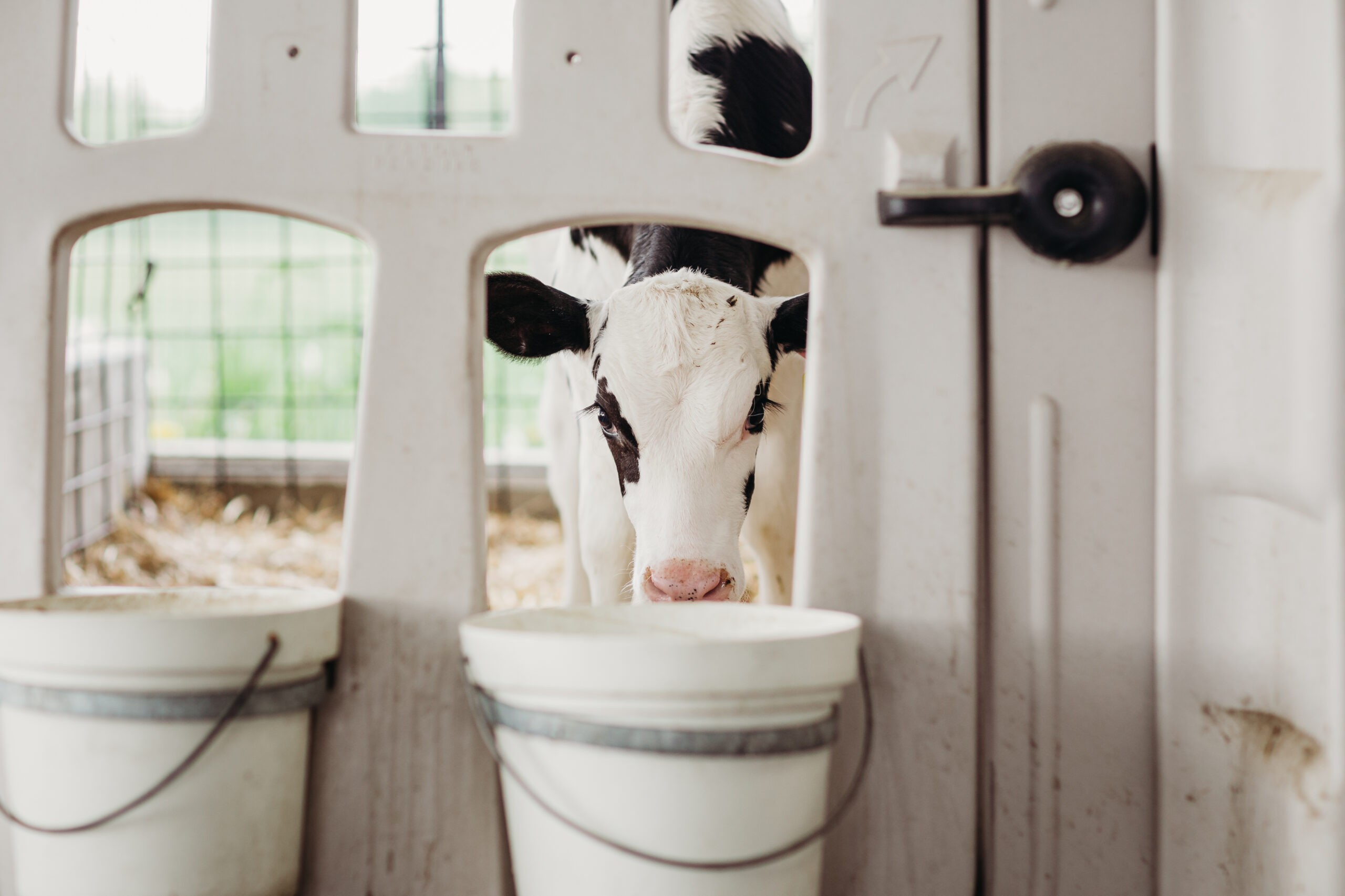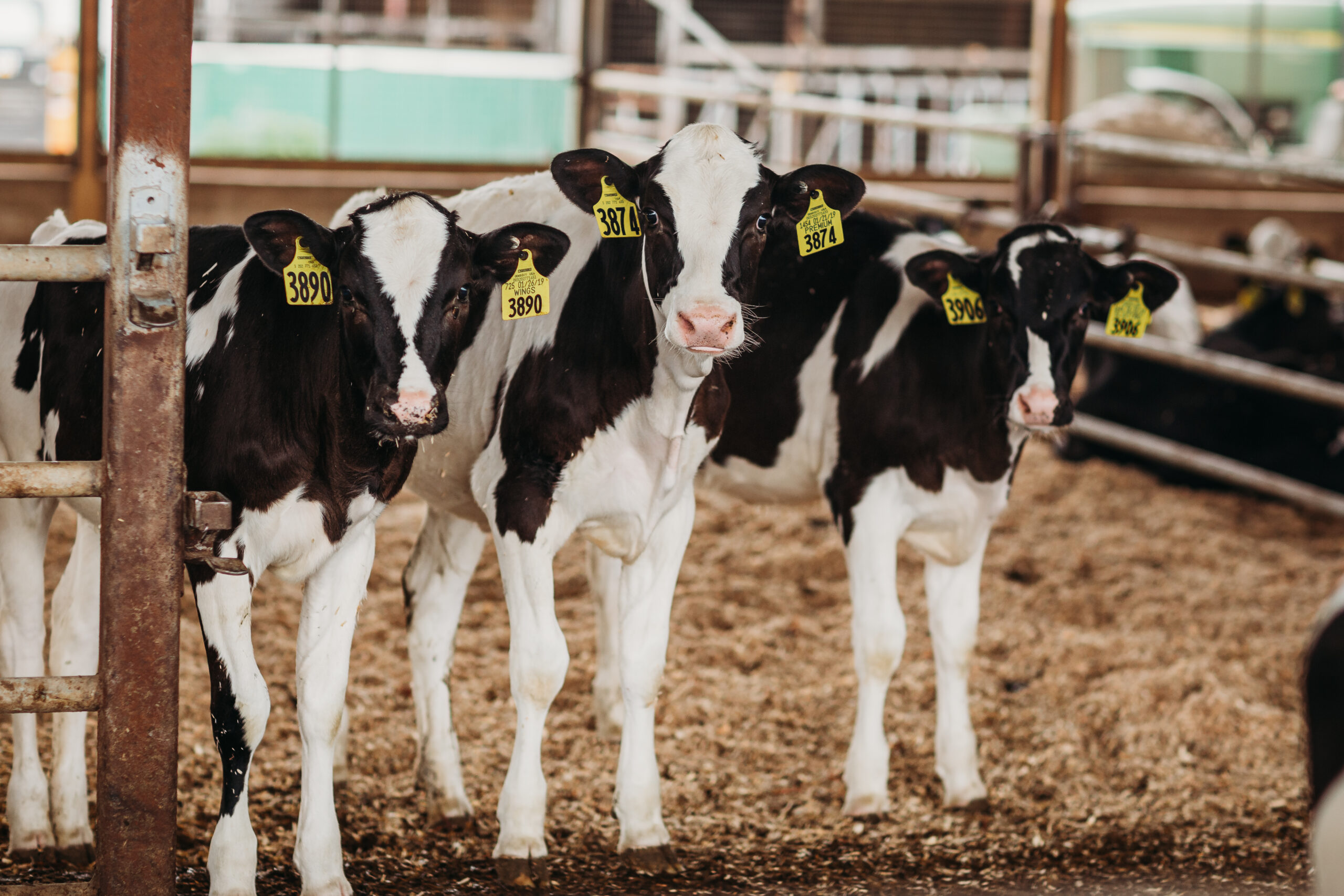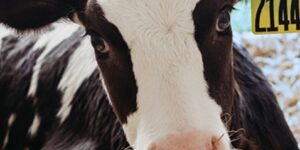Dairy calves: the importance of hydration
![]()
As spring and summer come into the season, it is a good reminder to revisit the topic of hydration in calves through the use of water and electrolytes. With this article, we do not only highlight the importance of freshwater but additionally what factors contribute to a high-quality electrolyte and what we should be looking for on an electrolyte tag!
Importance of water for calves
For optimal calf raising, high-quality water offered from the first day (ad-lib) is essential. Good quality water is important for both dissolving milk replacers and as well providing a good source of hydration. The sooner calves have water available, the sooner they will start to consume grain (see table below). Increased starter intake will help to establish the microbiome and develop the rumen for increased growth of the calf.
| Water | % Difference | ||
| Number of calves | 20 | 21 | |
| Water intake (Litres) | 41.33 | 0 | |
| Starter intake (kg) | 11.72* | 8.08* | 45 |
| Weight gain (kg) | 8.45* | 5.26* | 60 |
*Means with different superscripts within a row differ (pc.05)
Source: Kertz et al. (1984) JDS 67: 2964 -2969
When offering fresh water to a calf, there are several factors to consider:
-
- Offering fresh water in the first week of life, helps the calf become familiar with this new element.
- A healthy calf needs at least 10% of its body weight in fluids every day. On hot days, in particular, this requirement quickly exceeds the amount of milk a calf receives.
- Adding electrolytes such as Denkavit’s Vitalfort to the water improves taste and absorption.
- Check the water quality at least every six months. For questions on how to sample your water and interpret the results, a local Denkavit specialist would be happy to assist!
- Use drinking buckets or containers that are suitable and at the right height and position for calves, as shown in the overview below:
Why is feeding water alone not enough?
Electrolyte products are used for two main reasons:
- Preventative hydration – stimulate water intake before or after stress events
- Rehydration therapy – cases of diarrhea
Electrolytes correct for the loss of sodium, potassium, and chloride when depleted during a time of diarrhea. A good quality electrolyte will contain all three of these minerals.
How does the electrolyte work and what to look for:
- Balances the loss of sodium, potassium, and chloride when depleted during a time of diarrhea. A good quality electrolyte will contain all three of these minerals.
- Help improve water absorption in the intestinal cells, specifically sodium help regulate this process. When sodium levels are low, the osmotic pressure in the intestinal lining of the calf cannot be properly regulated.
- Corrects for a low blood pH. When sodium and potassium levels are decreased, the blood pH can drop, putting the calf at risk for acidosis. In this case, a good quality electrolyte will contain a good alkalinizing agent (sodium bicarbonate).
- Provides a source of energy to the calf. During a state of diarrhea or scours, some of the nutrients from the milk replacers are malabsorbed. A good quality electrolyte will contain a sugar base to provide energy, such as glucose or dextrose. Sucrose is not easily digested by the young calf and is not considered an effective sugar base in electrolytes.
- It is crucial to continue feeding milk when calves are suffering from diarrhea because oral rehydration therapy will never supply enough energy to correct the deficit.
- Osmolarity is equal to or lower than that of the calf. A calf has bodily fluids at an osmolarity of 300-330 mOsm/l. If an electrolyte with an osmolarity >600 mOsm/l is fed, this can reverse the flow of water from the cells leading to further dehydration.
Denkacare Vitalfort
 Denkacare Vitalfort is an isotonic solution that supports water absorption into the cells at an osmolarity of 330 mOsm/l. Want to learn more about Vitalfort?
Denkacare Vitalfort is an isotonic solution that supports water absorption into the cells at an osmolarity of 330 mOsm/l. Want to learn more about Vitalfort?










